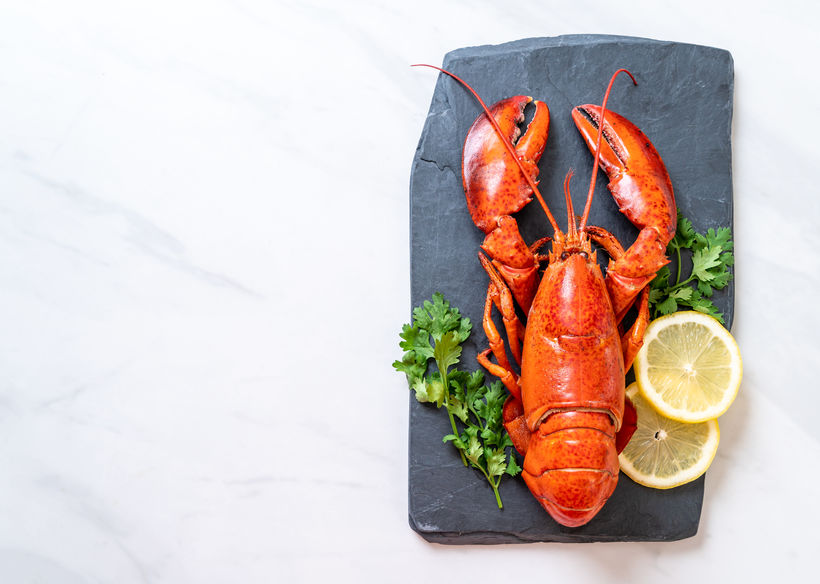
We’ve all found ourselves in a situation where we have too much leftover food. Perhaps you prepared too much for a big dinner, or maybe you were a guest and ended up with some leftovers from the host. Regardless of the reason, you might be looking at that leftover lobster and wondering whether it’s still safe to eat.
How Long Does Lobster Meat Last?
The answer to this question depends on whether or not your lobster meat is cooked. Uncooked lobster meat lasts only a few hours—this is why most lobsters are boiled alive at restaurants.
Cooked lobster meat, meanwhile, can last three to four days in the refrigerator and several months in the freezer.
Signs Your Lobster Has Gone Bad
If it’s been past the four-day mark (or the four-month mark for frozen lobster), you may be wondering if that lobster is still good to eat. Thankfully, bad lobster meat is pretty easy to pick out. There are a few tell-tale signs that will give you a clue as to whether or not you should heat it up again in the oven:
Pungent Odor
Open your bag or box of lobster and take a good sniff—do you automatically pull back? Lobster should never smell bad, so if you’re scrunching your nose up after a quick sniff, you’re better off tossing the meat than eating it.
Soft, Cottage Cheese-Like Consistency
If your lobster meat smells OK, that doesn’t necessarily mean it’s good to eat. Take it out of the bag and see how it feels. Does it still feel tough and solid, like it did when you first cooked it? Or does it feel soft, almost like cottage cheese? If it’s the latter, then your lobster has gone bad.
Slimy Meat
Does your lobster meat feel slimy to the touch? Do you find yourself reaching for the napkins immediately after handling it? Then chances are you have spoiled lobster meat on your hands.
Discolored Meat
Take a good look at your lobster. If the meat is discolored, turning gray, brown, or green in places, it’s definitely gone bad.
If you performed the above tests and got inconclusive results, it’s best to dispose of the lobster rather than risk potential food poisoning.
At Cape Porpoise Lobster Co., we offer the highest quality lobster in the United States. When you purchase our live lobsters for sale, we’ll airship it overnight so you can enjoy your fresh lobster feast as soon as possible!
To learn more about safely eating and storing your lobster, or to order some for yourself contact Cape Porpoise Lobster Co. today.




